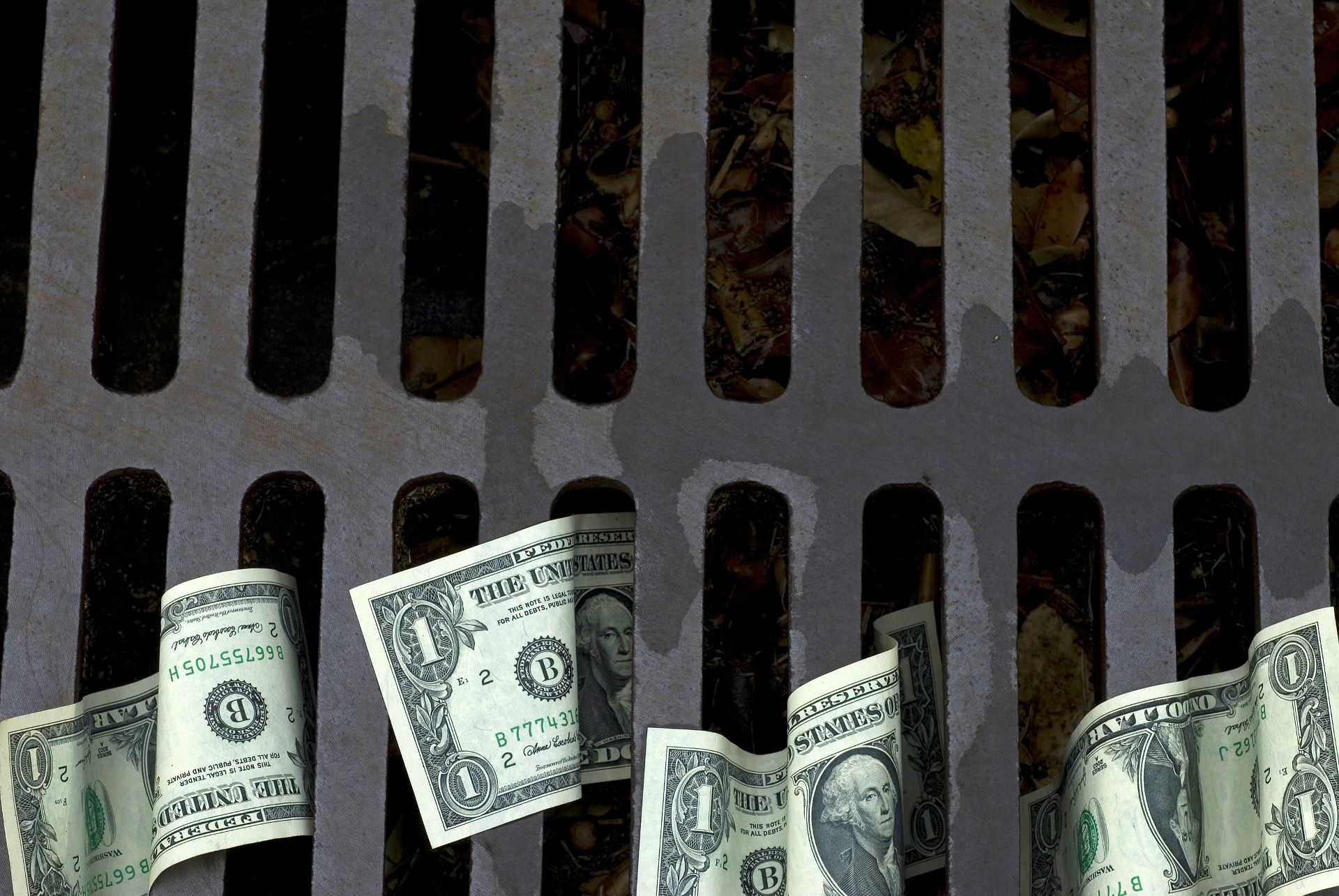For much of this year, Corporate Greed has hovered just beneath the surface of the inflation blame game, consistently present but never dominant. That changed in June.
According to our latest data from the PharosGraph Price Inflation tracker, Corporate Greed saw its sharpest rise yet, reaching blame levels not previously recorded in our nationwide analysis. In some areas—particularly suburbs, exurbs and major metro regions—it even surpassed President Trump as the most blamed driver of inflation.
This shift isn’t just symbolic. It signals a deeper change in consumer perception and a growing reputational risk for businesses nationwide.
Blame Attribution by County
What the Data Shows
PharosGraph tracks inflation blame narratives by analyzing hundreds of thousands of news articles each week from U.S.-based media sources.Using computational linguistics, behavioral sciences, and advanced AI, we identify how key actors—politicians, institutions, corporations—are framed in connection to inflation and assign each a weekly blame score.
A positive score indicates that a subject is being blamed more heavily that week; a negative score suggests they are viewed more neutrally or even sympathetically.
Throughout 2025, Corporate Greed has been a recurring target. But in June, it surged to its highest score on record, more than doubling from May.
Importantly, this wasn’t a uniform trend. The spike was most pronounced in suburban, exurban and urban areas. And in many of these places,Corporate Greed became the dominant blame target for inflation for the first time; outpacing even partisan or institutional blame.
By contrast, rural and more traditionally conservative regions continued to focus blame on the Biden administration, China, and immigration, giving corporations a pass; suggesting a widening divide in how inflation is understood and politicized across the country.
What’s Driving the Shift?
Several high-profile events in late May and early June appear to have accelerated the Corporate Greed narrative:
- Walmart’s announcement that it would raise prices in response to Trump-era tariffs dominated national headlines (Barron’s).
- Trump’s public criticism of Walmart re framed the issue, blaming companies,not policy, for passing costs to consumers.
- Financial media and surveys began highlighting corporate pricing decisions as a driver of inflation. A Reuters report noted that nearly two-thirds of manufacturers and over half of service firms cited tariffs as a cause of rising prices (Reuters).
- The Associated Press highlighted declining consumer confidence due to anxiety about price hikes and corporate responses (AP).
- The Guardian reported that over 54% of U.S. firms planned to increase prices due to tariffs (The Guardian).
Together, these events created a perfect storm moving Corporate Greed from a background concern to a front-page scapegoat.
Why This Should Worry Brands
For companies, this isn’t just a shift in public opinion it’s a signal that the rules of engagement have changed.
Even if your brand hasn’t raised prices, consumers may assume you have unless you make it clear otherwise.. And if you did raise prices, even for good reasons, you’ll need to explain them clearly and credibly or risk being lumped into a broader narrative of exploitation.
In today’s inflation climate, the absence of a message is a message and often the wrong one.
That’s why leading brands are already:
- Communicating proactively about pricing and value
- Demonstrating empathy for financially stressed consumers
- Monitoring inflation narratives and blame attribution in real time, not waiting for backlash to surface
How PharosGraph Can Help
PharosGraph doesn’t just track who is being blamed; we also help brands understand how they’re being portrayed versus their competitors in real time.
With our Global Trade War monitor, we classify brands along the Drama Triangle, measuring their perception as:
- Heroes: helping consumers through tough times
- Victims: impacted by external forces
- Villains: seen as profiting from the crisis
If your brand is drifting toward villain territory or if a competitor is gaining favor as a hero, you’ll see it early and have time to respond with a smarter communication strategy.
Final Word
The rise in Corporate Greed blame isn’t just a media blip; it’s a shift in how inflation is being explained to the public. In this new narrative, businesses aren’t just reacting to inflation. Increasingly, they’re being seen as responsible for it.
That’s why this moment demands greater narrative awareness especially as brands prepare to report Q2 earnings.
Even if your company hasn’t raised prices, reporting record profits during a time of financial strain can quickly shift perception. It doesn’t take much for “strong performance” to be re-framed as greed in action and once your brand crosses into villain territory, it’s hard to claw back trust.
If you want to stay in the consumer’s good graces, don’t just avoid raising prices; make it clear that you didn’t. And if you did, make sure your customers understand why.
PharosGraph can help.
Because in today’s environment, reputation isn’t just about what you do; it’s about how the story is told.


Sign up for our newsletter
Get our latest insights and updates delivered to your inbox.
Latest posts
Our most recent thoughts, ideas, and discoveries.

The Future of AI in media and narrative intelligence is about meeting: Twingly Interview With PharosGraph CEO & Founder, Mathieu Trepanier

Who Voters Think is to Blame for Inflation in July



